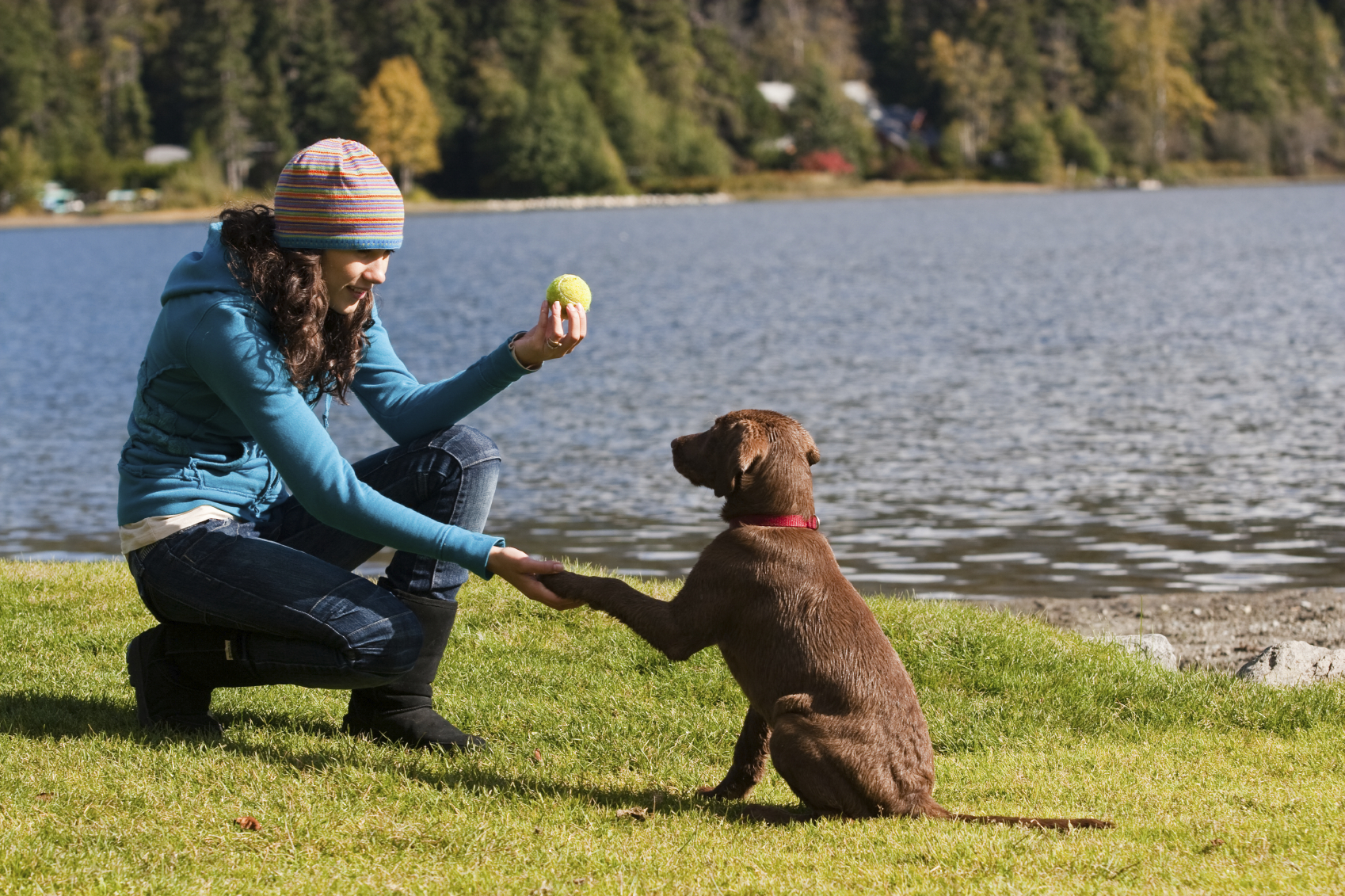
#1 Socialise your puppy –
Up until about 18 weeks of age is the most important developmental period in your dog’s life. During this time it is crucial to socialise your puppy by exposing them to as many people, places and ‘things’ as possible – other animals, children, trucks, skateboards, veterinarians, slippery floors, loud noises etc.
#2 Handle your puppy –
Teaching your puppy to enjoy being handled and touched everywhere on their body is very important. Begin by rewarding your puppy with their favourite treats every time you touch/handle them in different areas. This will also assist in building trust between each other.
#3 Teach your puppy to enjoy time alone –
New puppies need lots of companionship and playtime with you, but it’s also very important for them to enjoy spending time on their own. Preparing your puppy for inevitable periods of time being left by themselves is important; puppies need to learn how to occupy their time when home alone right from the start.
#4 Safe chew toys for your puppy –
Puppies like to chew and if you don’t provide them with chew toys they are more likely to chew inappropriate items, like your furniture. Chew toys need to be made of materials that your puppy is unable to bite off or destroy easily, as these can pose a choking hazard.
Ensure all toys are of suitable strength/size for your puppy and rotate the chew toys regularly to maintain your puppy’s interest.
# 5 Continue training–
Problems often arise when puppies become adolescents from 6 – 18 months of age. Common problems include jumping up, pulling on the lead, barking, food bowl aggression, chewing and digging. It’s important for you to continue training your puppy after the completion of puppy classes. Five to ten minutes can make a huge difference to your dog’s behavior and help prevent problems.

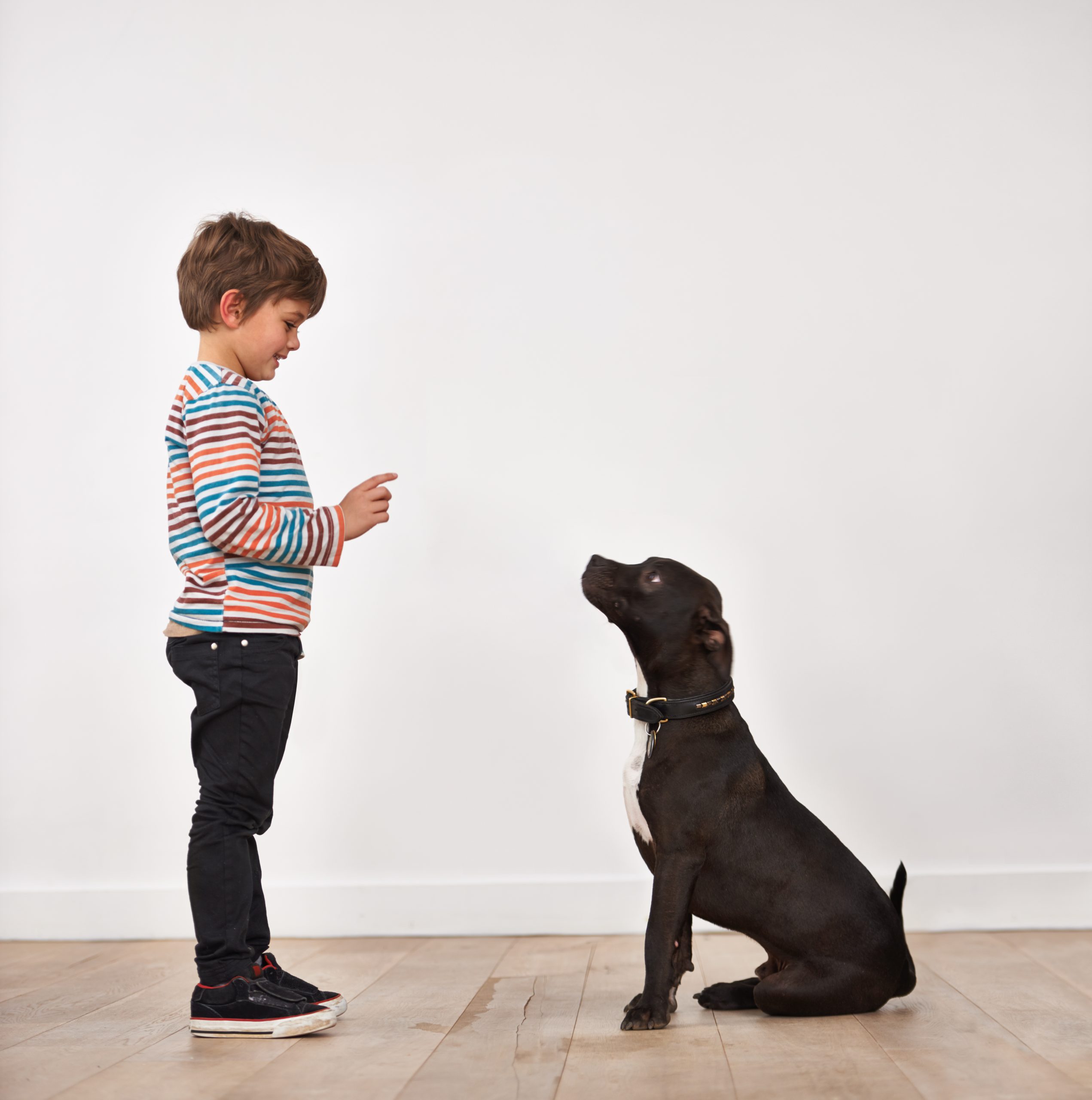
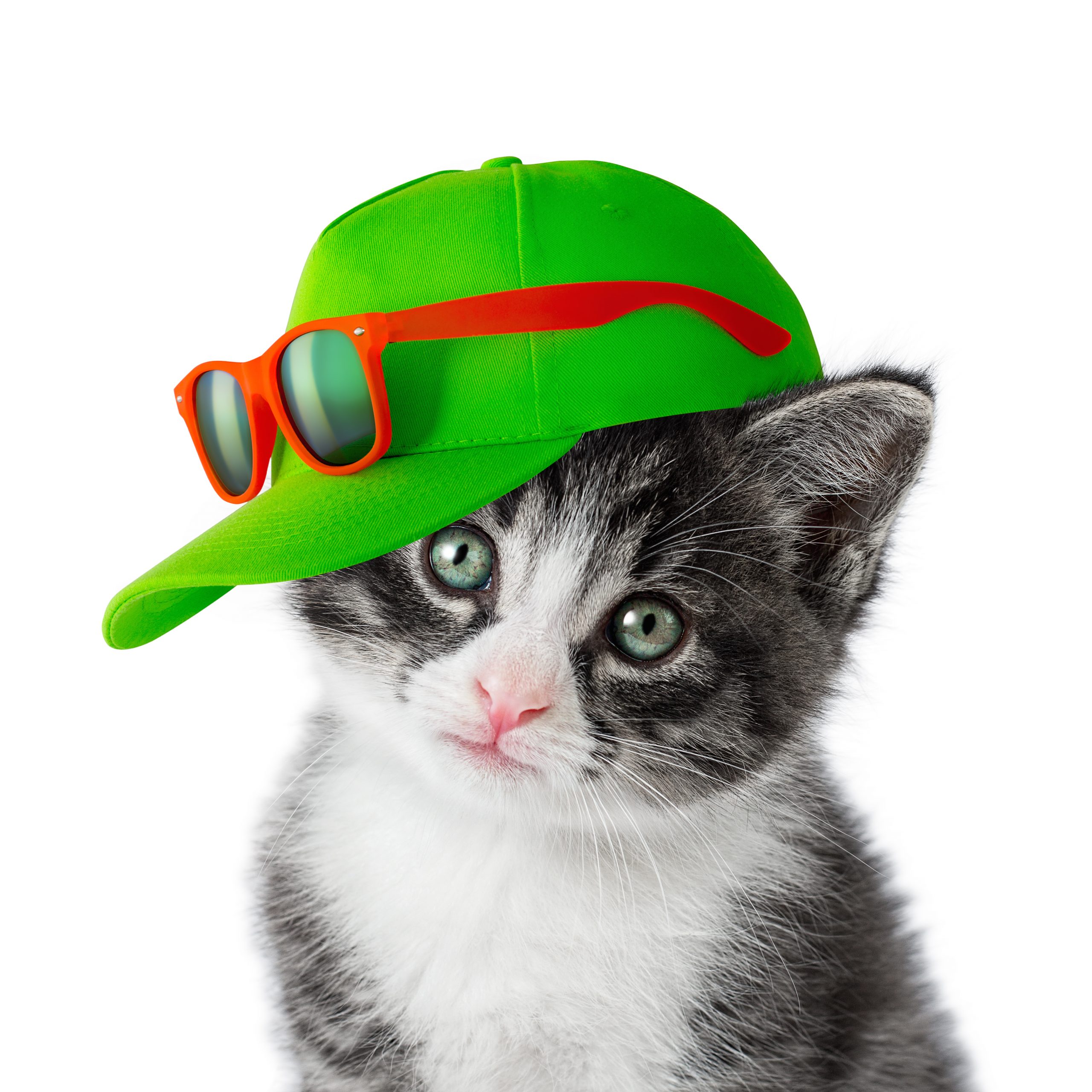
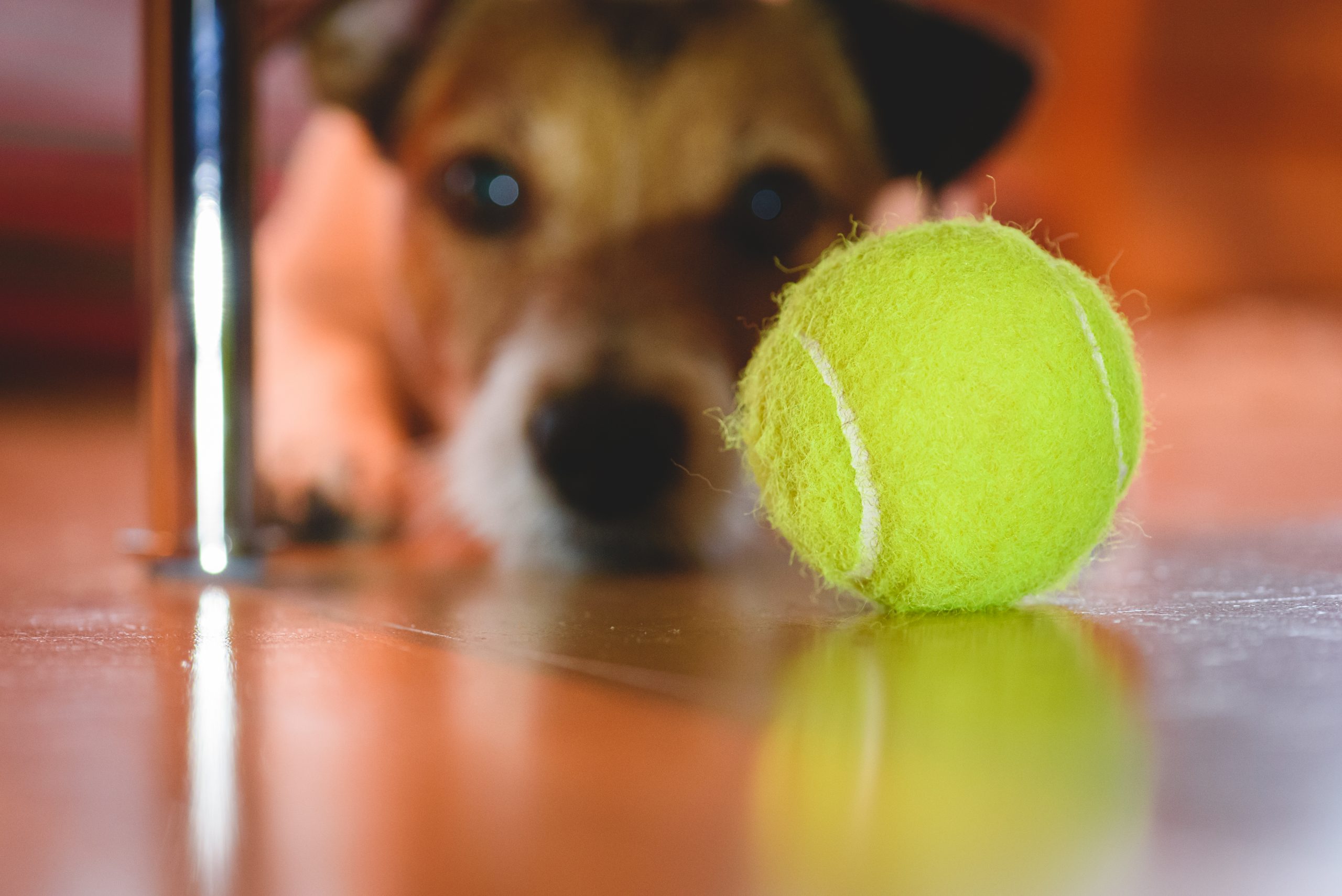
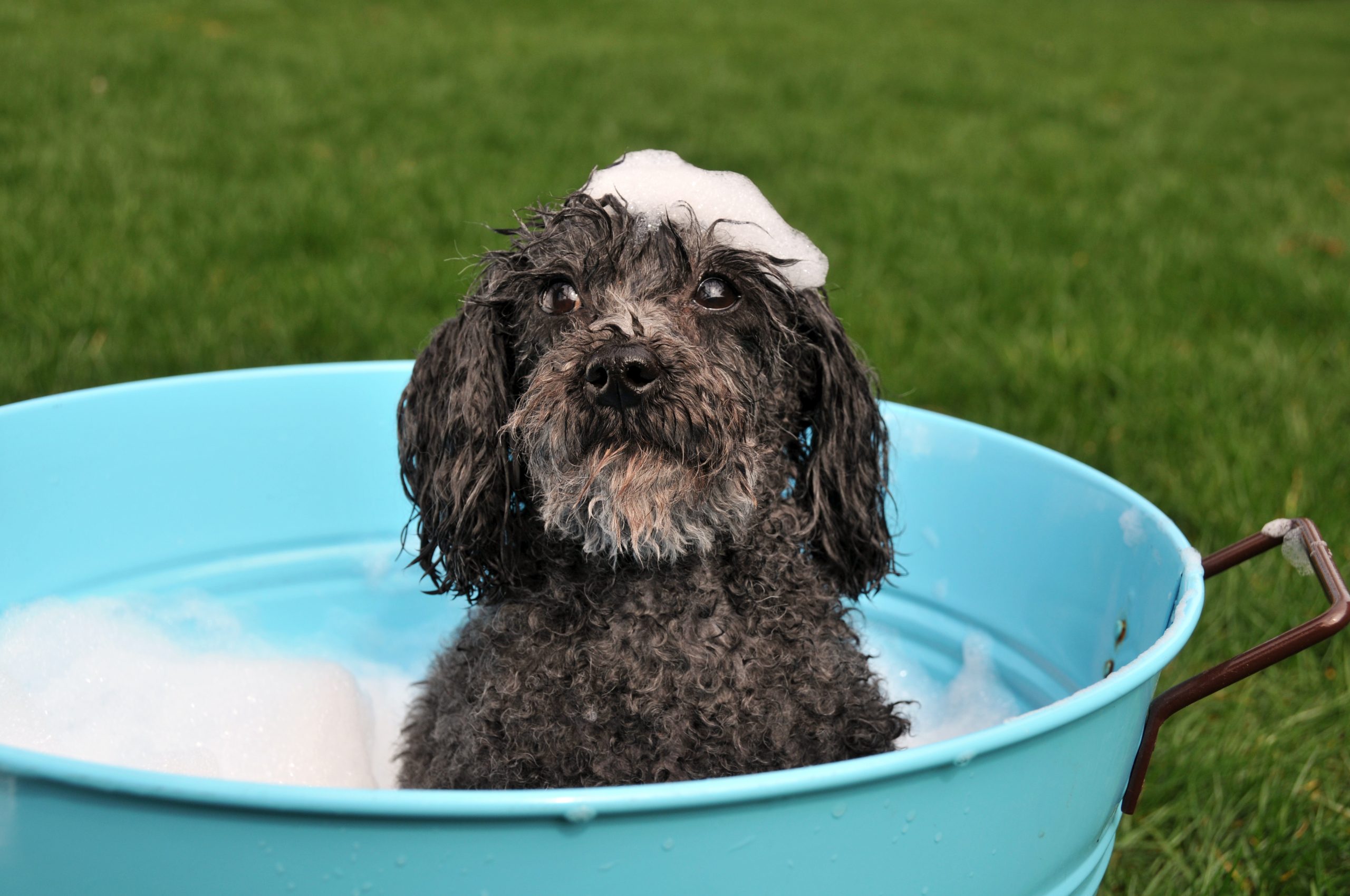


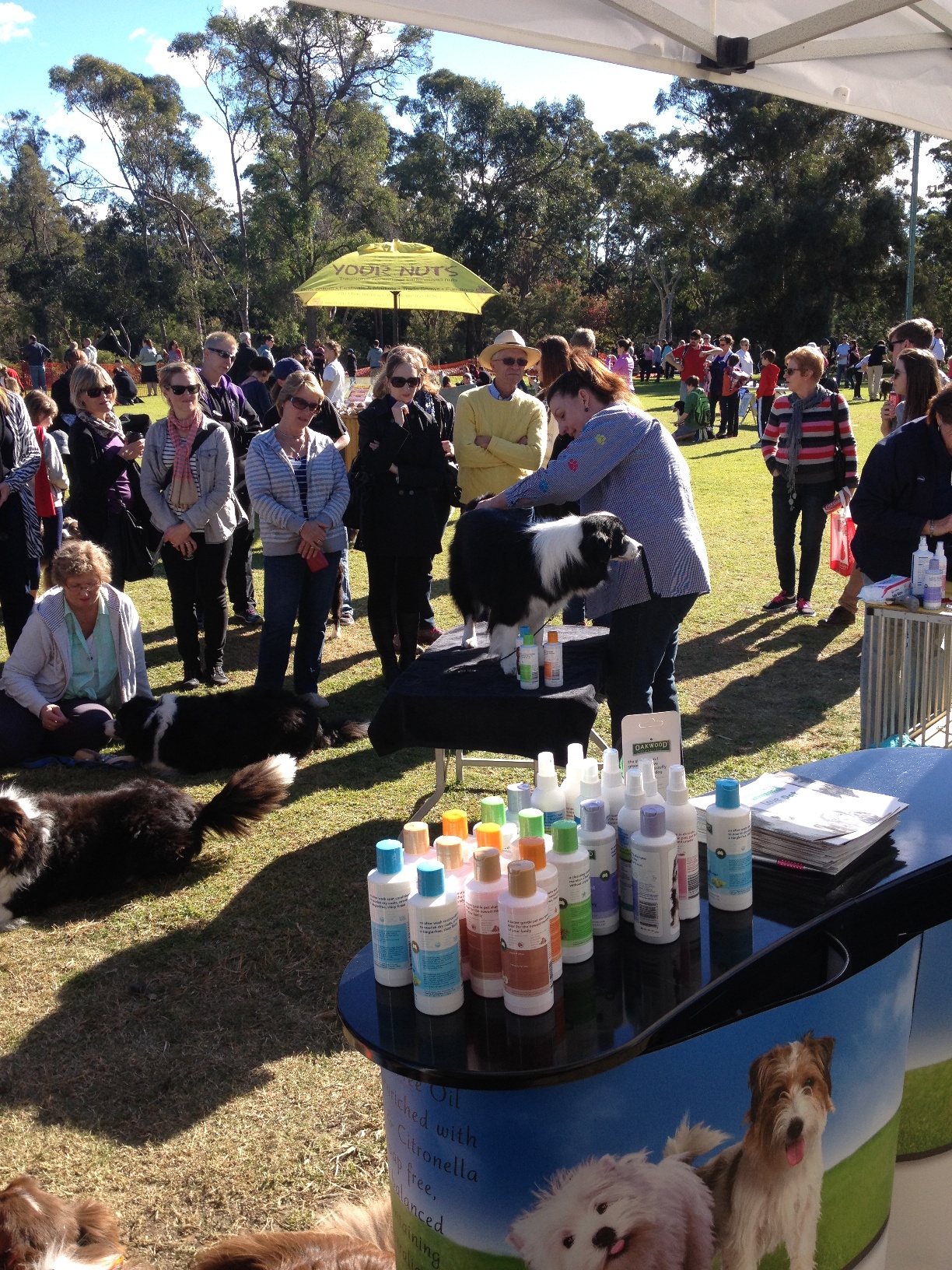

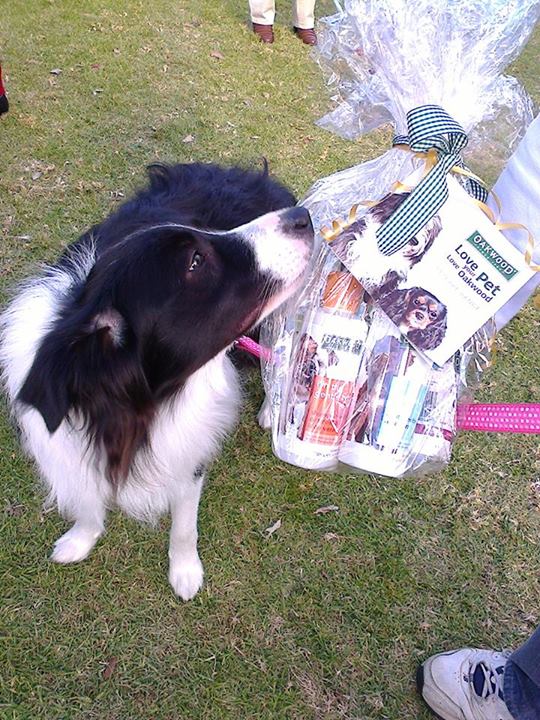
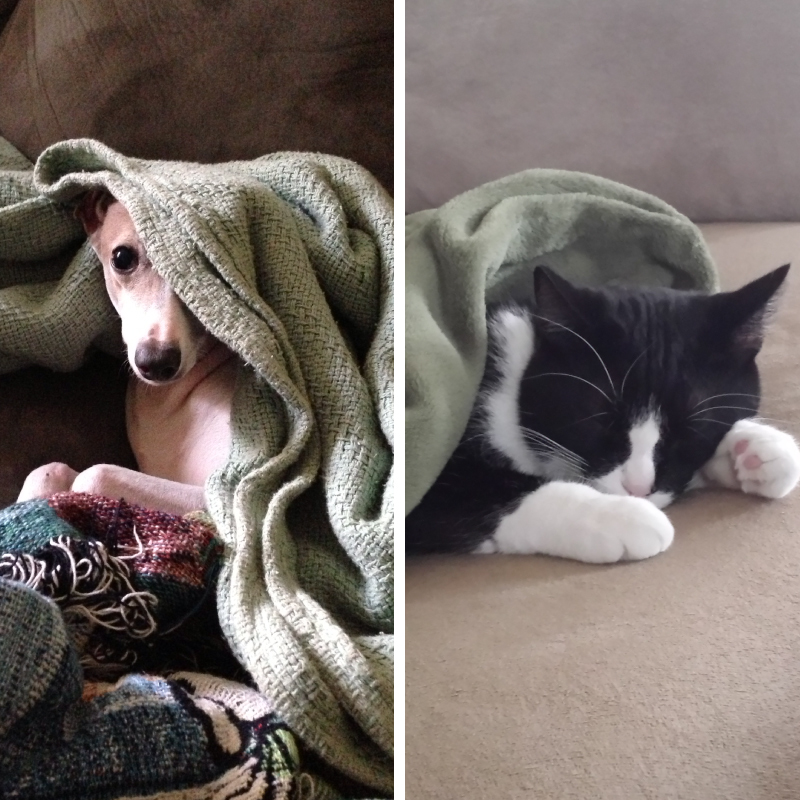


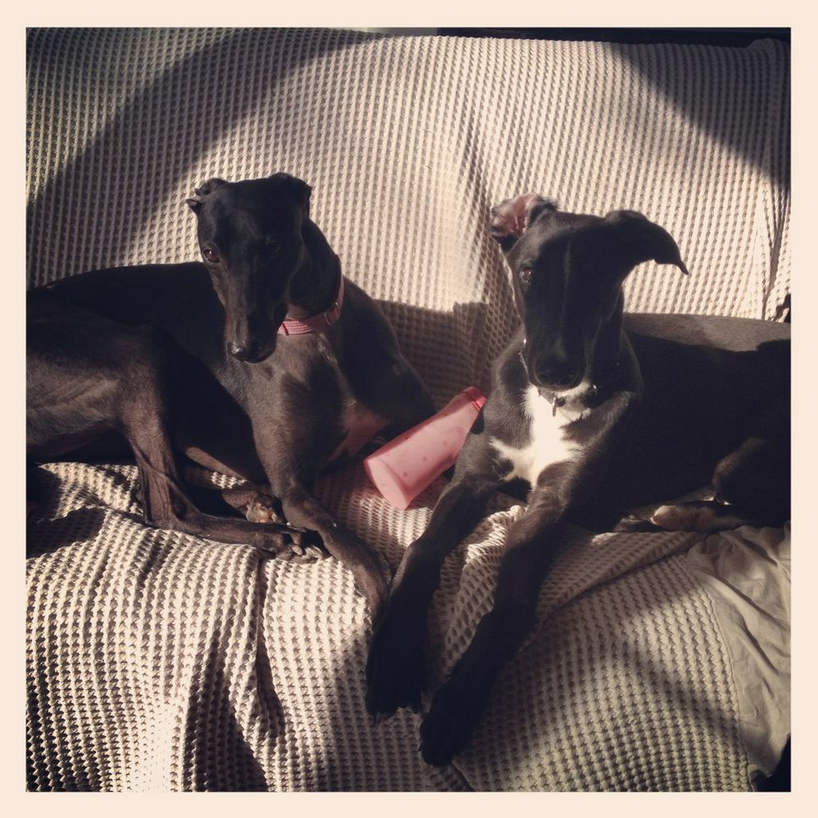 Regularly brush your pet – Cats and dogs (and rabbits and guinea pigs and rats), long haired or short, will all shed their fur, so it is important to help the process and regularly brush them. The more loose hair you get rid of outside, the less you deal with inside.
Regularly brush your pet – Cats and dogs (and rabbits and guinea pigs and rats), long haired or short, will all shed their fur, so it is important to help the process and regularly brush them. The more loose hair you get rid of outside, the less you deal with inside.